SAP NetWeaver and SAP.NET Connector is an effort by SAP to address this shortcoming in its technical architecture. It enables organizations using SAP to come up with a new architecture that is web enabled, object oriented and service based – an architecture that allows business applications to be built from software components redefined as independent services. With this service-oriented architecture, companies can emphasize reuse by developing composite applications on platforms that use Web services and XML technologies. This approach allows some software components to be built from local resources while other components are provided by partners and third parties. By combining a browser base user interface with a platform that leveraged industry standards, we in our project Aries were able to facilitate component interoperability and were in a position to build a composite application. This significantly reduced the development time, effort and cost.
Challenges in Integrating SAP with .NET
SAP .NET Connector is a programming environment that enables communication between the Microsoft .NET platform and SAP Systems. It consists of an extension for Microsoft Visual Studio .NET and a runtime environment that handles communication between the Microsoft .NET platform and SAP applications. With SAP .NET Connector, users can extend mySAP Business Suite applications running on SAP Net Weaver or through Remote Function calls  (RFC’s) with applications built for the Microsoft .NET platform.
The SAP .NET Connector is a programming environment inside of Visual Studio .NET that supports SAP Remote Function Calls (RFC) and Web services, and allows us to write various applications, for example, Web form, Windows form, and console applications within Microsoft Visual Studio .NET. We can use all Common Language Runtime (CLR) compliant programming languages such as Visual Basic .NET, C#, or Managed C++.
Microsoft .NET developers can extend the value of mySAP Business Suite using Microsoft .NET Visual Studio and SAP .NET Connector. The benefits include the following:
Ease of Development – You can quickly and easily develop .NET applications that access SAP business objects by using SAP’s Business Applications Programming Interface® (BAPI) technology.
Use of Wizard – For developers using Microsoft Visual Studio .NET, the SAP .NET Connector wizard simplifies the complex task of creating the required integration modules.
Reliable Communication – At execution time, SAP .NET Connector provides fast, secure, and reliable communication between the .NET application and SAP applications.
These benefits mean that more users can work with mySAP Business Suite information and services, and you can still drive down the effort and cost of integrating distributed business applications based on Microsoft .NET framework.
Common Technical Challenges During Integration
Modular
Modularity of a system means that different functionality offered by the application are packaged into  separate components so that it can be modified and extended without affecting other parts of the system. Decoupling the relationships of the user interface, the business functionality and database mechanism has the advantage of letting all three vary relatively independently without major modification to the other.
The above modularity was achieved by dividing the application into four different tires. The user interface tier was responsible for formatting the data received from the business layer, presenting it to the user and vice versa. The database layer was responsible for interacting with the database and interaction with the SAP server was made through the SAP layer. The business layer was responsible for interacting with the SAP and the database layer. Any request received from the user interface layer was routed to the database or SAP server through the business layer. The business functionality was implemented in this tier. The presentation layer i.e. the UI could be web enabled like in WEBCATS or Windows form as required.
Scalable
Scalability of the application was one of the major issues as the number of users accessing the system was on a rise. This issue was solved by giving the application a component based model. The four components were independent of each other and could run on different systems. Database and SAP connection were made on a necessity bases and were closed immediately so as to reduce network traffic. The data was stored in memory after retrieving it from database or SAP server; this helped in reducing the
time taken for communication between the database or SAP server. Hence resulting in quicker user response and could take load even if there was a significant increase in the number of user accessing the application.
Interoperable
The term interoperability is used to describe the capability of different programs to exchange data via a common set of business procedures, and to read and write the same file formats and use the same protocols.
WEBCATS application had to interact with third party software called SiteMinder for user authentication. This required writing components that could interact with this or with softwares having similar functionality. Â The application was further required to interact with the HR database maintained by the client for getting certain details pertaining to the user that had been authenticated by the SiteMinder application.




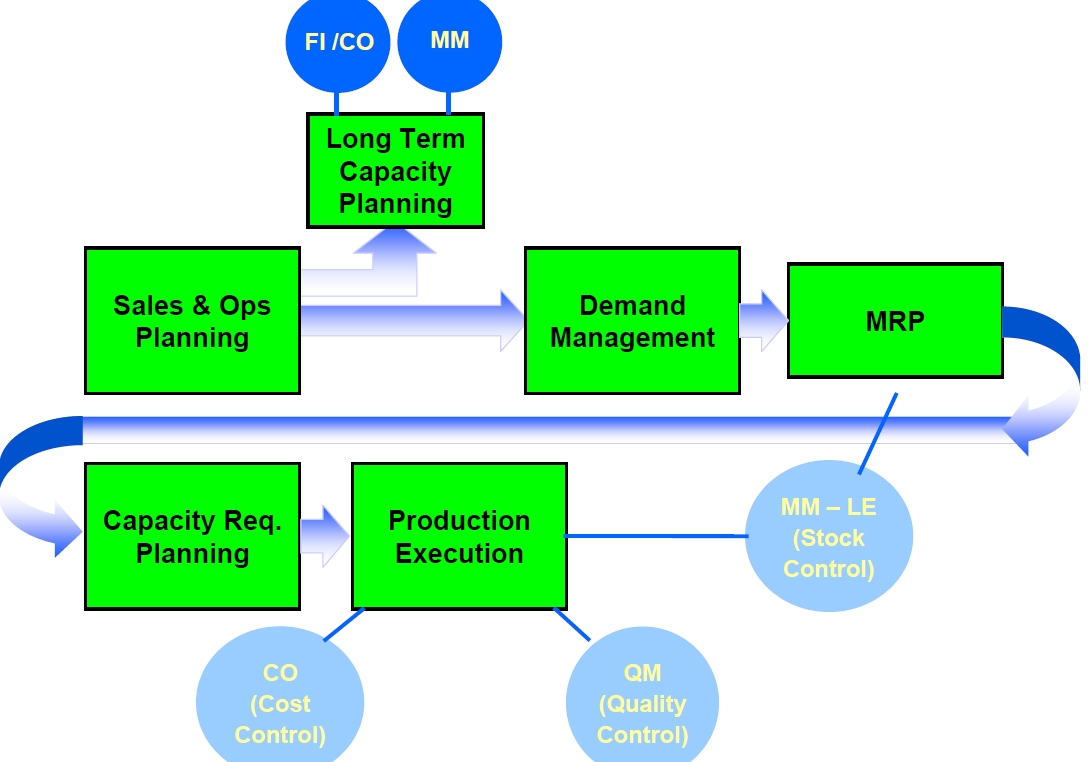

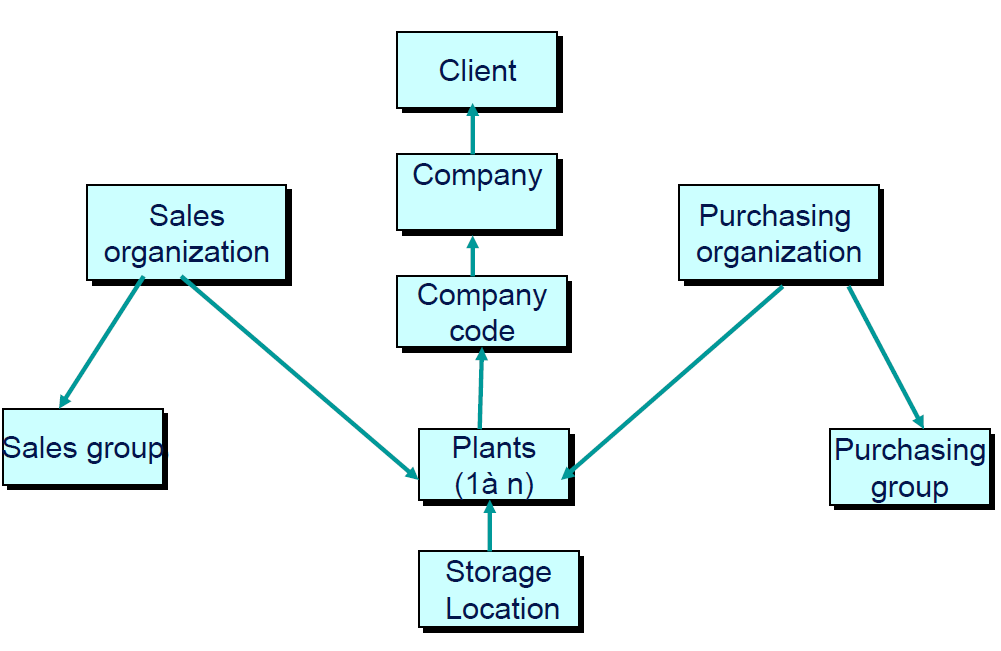
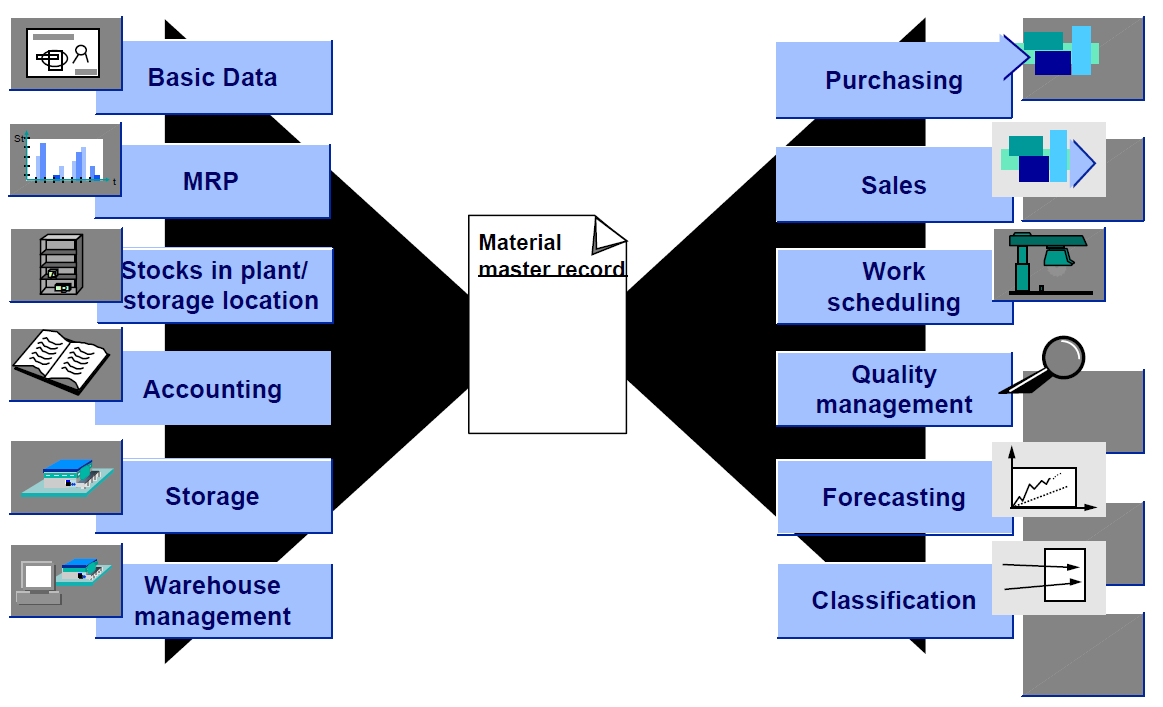
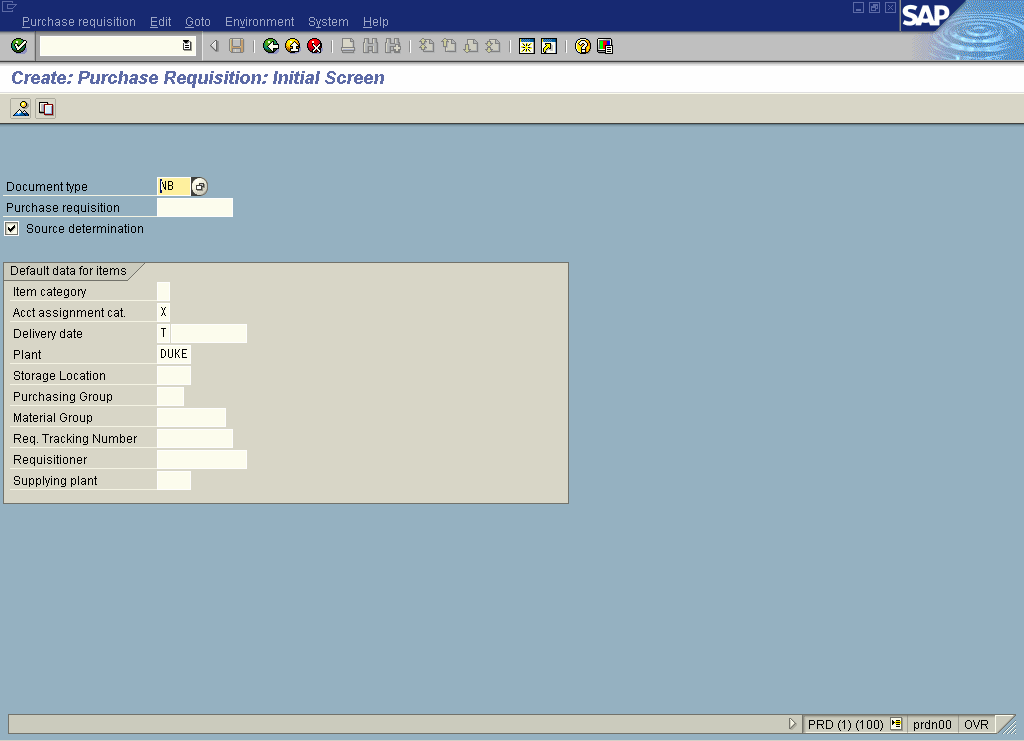
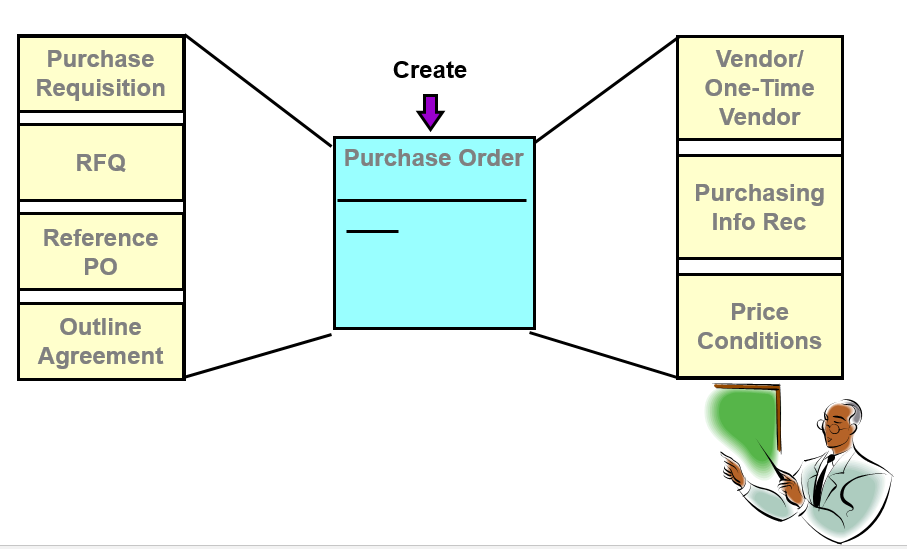
Leave a Reply